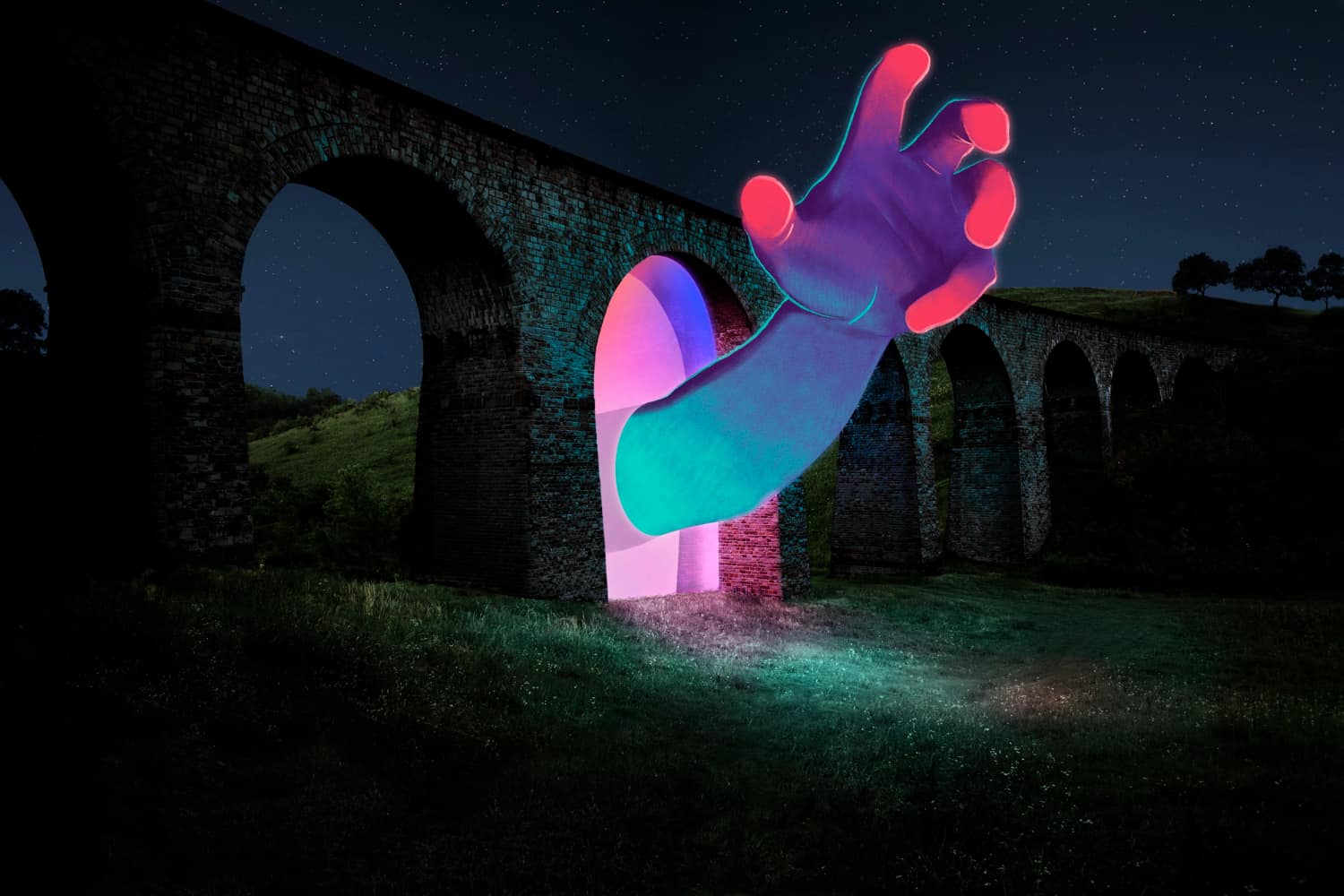Since its launch, Bitcoin has been hailed by many crypto enthusiasts as a revolutionary project because it allowed people to complete asset transactions using an innovative financial layer. And while it has maintained its status as solely a store of value for many years, it has started to fill other roles recently. An innovation emerged to unlock the possibility of creating non-fungible tokens. Ordinals are Bitcoin’s version of NFTs and have been developed by Casey Rodarmor, who created the ORD software.
Those familiar with cryptocurrencies and Bitcoin know that a token is subdivided into 100 million satoshis, which are smaller and fungible units. The ORD software assigns numerical values to each satoshi, transforming them into unique assets. Ordinals have created great buzz in the crypto sector, causing a spike in Bitcoin price and sparking a conversation about what new possibilities the project will bring to the crypto environment.
What are Ordinals?
Ordinals are often called Bitcoin’s NFTs, but they are different from Ethereum or Solana’s non-fungible tokens because they are created differently and have unique features. Traditional non-fungible tokens are cryptographic tokens developed with the use of smart contracts, but Bitcoin has no smart contracts, so how could it enable the creation of NFTs? Additionally, NFTs reside on the top of their native Blockchain but are separate from it.
Now, Ordinals are inscribed into the Bitcoin blockchain, run on top of a Bitcoin Code full node and enable Bitcoin holders to inscribe data to some transactions and tie it to particular satoshis, which become Ordinals. Casey Rodarmor, a programmer, developed Ordinals by creating software that allows Bitcoin holders to inscribe a piece of art on the Blockchain. The theory behind his concept relies on satoshis, the smaller units that make one Bitcoin. Ordinals are used as a numbering system for these satoshis, which enable users to identify and position each of them in the chain and imbue them with messages, artworks, or another kind of digital content.
The Ordinals Protocol was launched in January 2023 and became a hit in the following months, causing a boost in Bitcoin’s value.
How are Ordinals different from non-fungible tokens?
Non-fungible tokens have caused great enthusiasm in the crypto sector over the last few years because they are digital representations for ownership of blockchain-based items. They usually include real estate, collectables, art pieces, and memorabilia. They can be traded for cryptocurrencies (usually the ones used in the native Blockchain that powers them). Ethereum is the most popular Blockchain for non-fungible tokens, and it was also the first ecosystem to support their creation thanks to smart contract technology.
But what few people know is that Blockchain launched the original collection of NFTs called Rare Pepes. However, they weren’t defined as non-fungible tokens at the moment, so everyone notes Ethereum’s NFTs as the first launched on the market.
Let’s keep in mind that Ethereum and Bitcoin aren’t the only blockchains to house non-fungible tokens; several other ecosystems have facilitated their creation. The NFT sector has become quite popular because numerous people own property in the Metaverse, which is based on Web3. And because NFTs are unique identifiers for digital assets, they’re widely used to trade property in the Metaverse.
Blockchain is a transparent network, enabling all users to check who owns a token and participate in NFT marketplaces.
Getting back to Ordinals
As mentioned earlier, Ordinals are created as numbering schemes for satoshis on the Bitcoin blockchain. By numbering these smaller units, it’s easier to keep track of the order in which they were minted. The numbering remains attached to satoshis even when they’re moved from one wallet to another.
The Ordinal Protocol made it possible for users to inscribe files onto satoshis and create unique digital units. The Blockchain processes each inscription as a Bitcoin transaction and stores the asset on itself. This is why Ordinals are also called digital artifacts.
Now let’s find out what are the differences and similarities between digital artifacts and non-fungible tokens
Non-fungible tokens exist outside the Blockchain, so the fact that the inscriptions happen on the Bitcoin blockchain is one of the main differences between Ordinals and NFTs. Because Ordinals are stored on the Blockchain, they are defined as digital artifacts. However, Casey Rodarmor highlighted that while all Bitcoin Ordinals are digital artifacts and a kind of non-fungible tokens, all NFTs aren’t digital artifacts. Digital artifacts are defined as unrestricted, immutable, decentralized and on the Blockchain non-fungible tokens. And as mentioned earlier, traditional NFTs don’t meet these requirements because their content isn’t usually stored on the Blockchain. Additionally, those created on Solana and Ethereum are also housed on centralized chains.
Ordinals are similar to NFTs, but they don’t rely on smart contracts or possess separate metadata files.
How do Ordinals impact Bitcoin’s evolution?
Predicting how Ordinals will impact Bitcoin’s value is challenging, but the Protocol has made the oldest crypto project exciting again. The number of transactions on the ecosystem has increased since the launch of the Ordinals, and more people are turning their attention to Bitcoin as a desirable addition to an investment portfolio. However, experts agree that the innovation could also challenge Bitcoin because it has to keep up with the features other blockchains bring.
Ordinals have widened the purpose of Bitcoin, which is no longer only a platform that facilitates peer-to-peer payments, but an ecosystem that enables multiple uses. Now that it supports the creation of non-fungible tokens, it can engage with digital content creators and join the creative side of the Blockchain.
Crypto experts believe that the new Protocol could make it easier for Bitcoin to integrate other projects, create alternative protocols, and build bridges toward other projects. Suppose Bitcoin and other blockchains find a way to create bridges and develop interoperability protocols; the creation of Ordinals could lead to the development of mechanisms that allow users to move assets across different networks and cut down on their dependencies on a particular blockchain.
